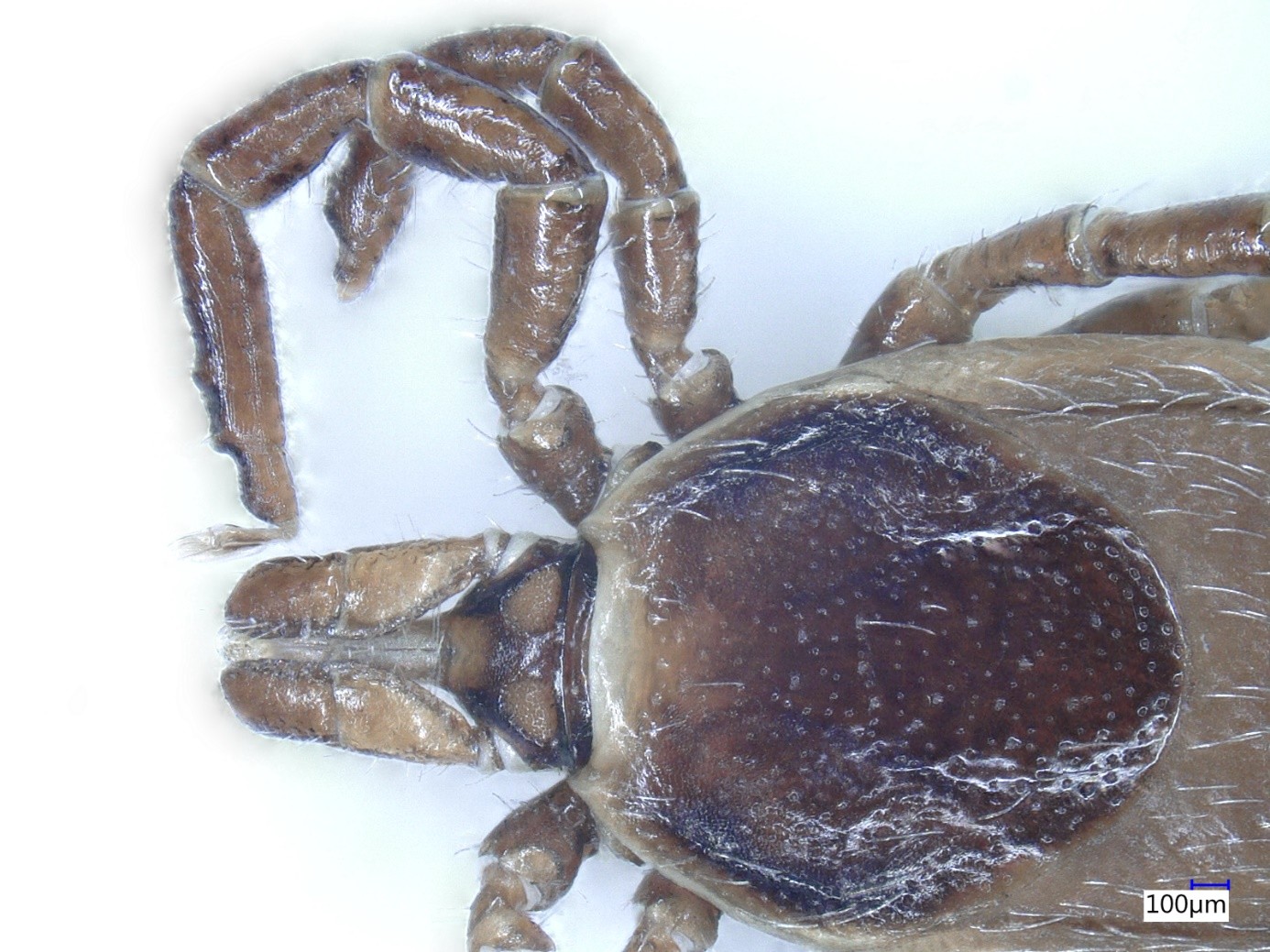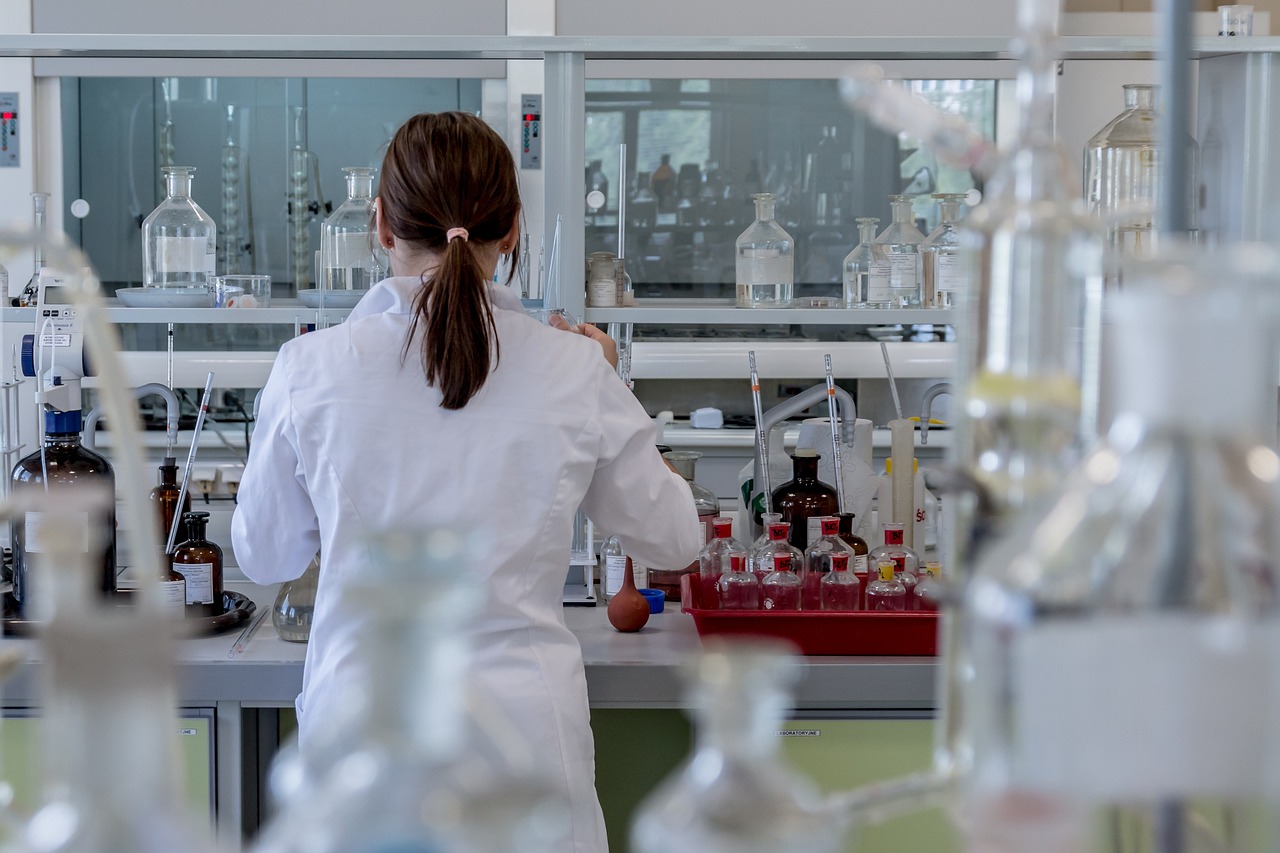Hungarian Agriculture Can Save Time and Money with Artificial Intelligence
The time required for plant breeding could be shortened, far less fertilizer may be needed for soil treatment, and fewer human resources will be required in agriculture thanks to artificial intelligence. According to researchers at the HUN-REN Centre for Agricultural Research (HUN-REN ATK), Hungarian farmers need to be more open to AI solutions, as even smaller farms can save significant amounts of time and money with their help.
There is no longer a scientific field that artificial intelligence has not touched, and agriculture is no exception. In Western countries, vast farmlands already feature scenarios where only one out of ten combines has a human operator, while the other nine machines follow autonomously. Although Hungarian regulations do not yet allow for such automation, AI-based tools are increasingly being adopted in Hungarian agriculture.
Although drone operations are also strictly regulated, drones are now used to assess drought damage from above or to determine the nutrient requirements of specific farmland. “AI provides the greatest assistance in decision-making,” emphasized Roland Hollós, a researcher at the Institute of Agriculture operating under the HUN-REN Centre for Agricultural Research (HUN-REN ATK MGI). According to him, after analyzing processes and data, artificial intelligence can make decisions in minutes that previously took weeks. As a result, identifying plant diseases has become much faster and more accurate. Previously, this task was performed exclusively by humans, making the process significantly slower.
Nándor Fodor, director of the HUN-REN ATK MGI, also highlighted the time factor when it comes to plant breeding. Developing a new plant variety and bringing it to market typically takes around 10 years. With the help of AI, this process could be reduced to 6–7 years. “Although a reduction of 3–4 years may not seem significant, but when you consider that it also requires far fewer crossbreeding attempts and much less chemicals, AI can indeed lead to substantial cost savings throughout the breeding process,” the director added.
"AI can be applied to every stage of plant breeding, as these technologies are particularly suited for analyzing complex datasets that include genetic, environmental, and phenotypic information," added Roland Hollós, a researcher at HUN-REN ATK and also the HUN-REN AI Ambassador. Machine learning algorithms can process vast amounts of genetic information to identify patterns and accurately predict plant traits. This capability enables the development of plant varieties optimized for specific climates, soil types, and agricultural practices at a significantly faster pace than traditional breeding methods.
Although more and more companies are offering AI-based services even to smaller-scale farmers, some Hungarian farmers are still not open enough to new technologies. "AI struggles to overcome decades-old habits. Many farmers apply fertilizers based on routine, using the amounts and types they believe are best, without relying on soil analysis data or a reliable professional advisory system. However, AI can significantly reduce the amount of chemicals used, which benefits everyone - the soil, the consumer, and, not least, the farmer," said Roland Hollós.
The HUN-REN Hungarian Research Network launched the AI 4 Science program for its researchers last autumn, providing them with all necessary AI-based support - including services, consulting, and tools - to enhance the efficiency of their scientific work and improve research outcomes.
The program has been highly successful among HUN-REN ATK researchers, who have already received support for tasks such as prompt writing, analyzing scientific articles, and even developing software for modeling ground squirrel burrows. "AI is undoubtedly the future of agricultural research in Hungary as well," emphasized the AI Ambassador. While researchers are becoming increasingly open to artificial intelligence, he stressed that efforts must be made to shift their mindset towards these technologies. "On one hand, AI helps researchers save a tremendous amount of time; on the other, it helps them find the pathways to translate their research into everyday applications, giving it real societal value," added Roland Hollós.
(The opening image is an AI-generated illustration.)

